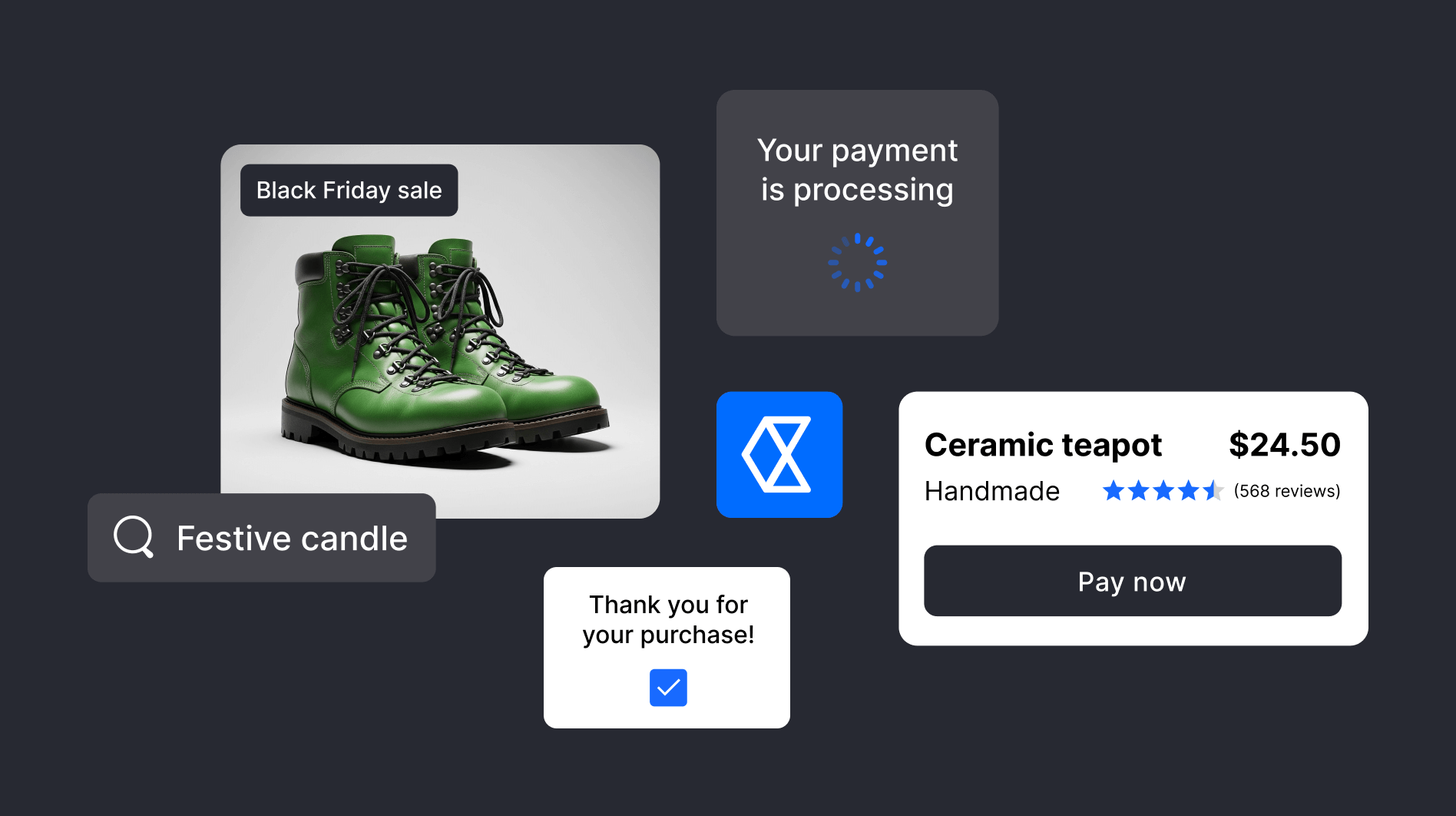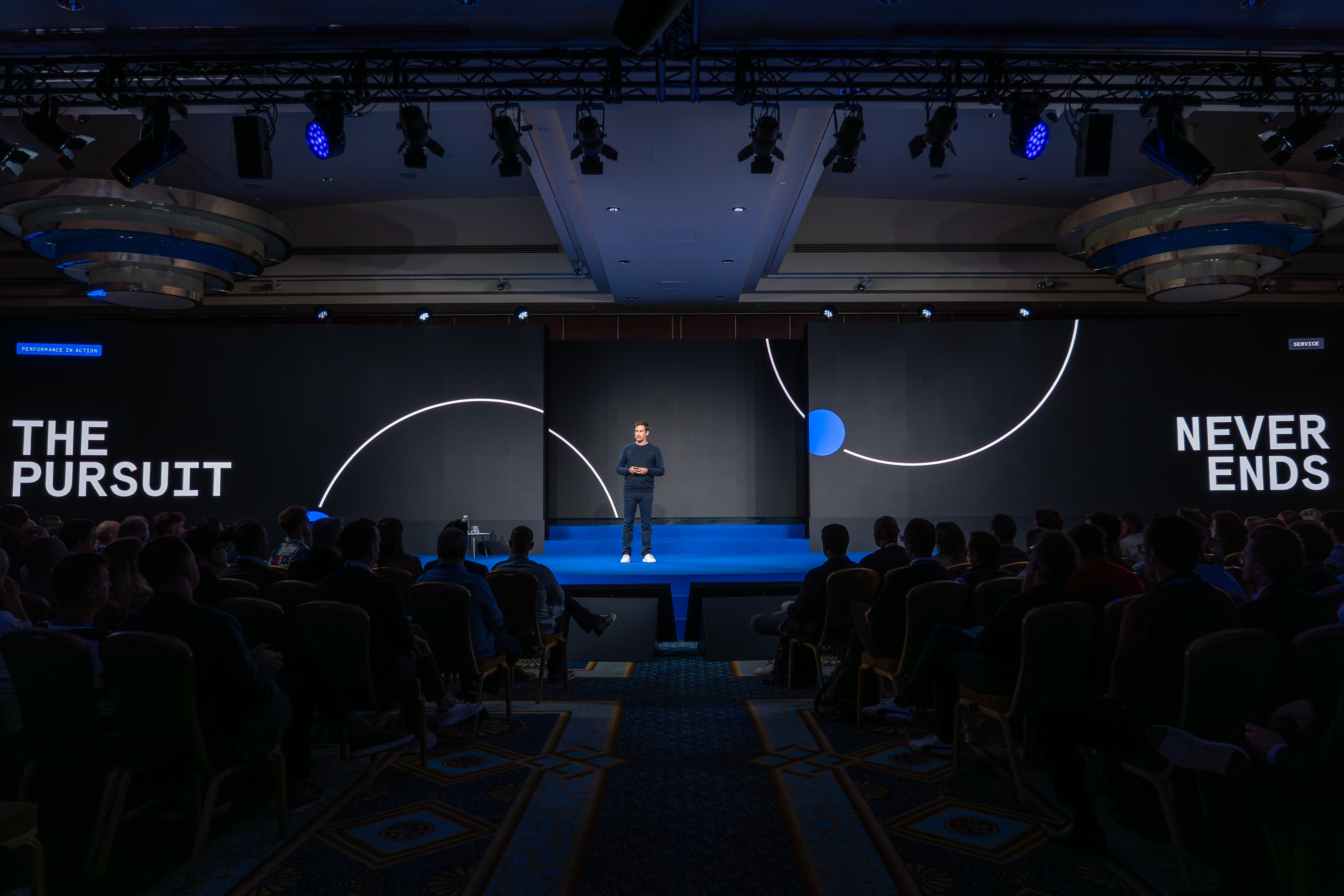From streaming services and video games to beauty boxes and pet food, the subscription business is burgeoning and entrepreneurs have harnessed this model as a way to generate revenue – specifically, dependable recurring revenue.
Subscriptions have become an increasingly common way to buy products and services online. The trend leans into today’s consumer preference for straight-to-your-door convenience while also getting a personalized experience and curated products – all at a lower cost. In the last several years, subscription businesses of all types have cropped up – from razors to meal kits and everything in between. The result? The ecommerce subscription market has grown by more than 100 percent year over year, with the largest retailers generating more than $2.6 billion in sales in 2016, up from $57 million in 2011 – a fivefold growth in just five years – according to a 2018 report by McKinsey.
What is subscriber churn?
Subscriber churn measures the number of users you have that stop paying for their subscription over a certain period of time, whether they do so voluntarily or involuntarily. To look at it from another angle, it also measures the proportion of customers that you manage to retain.
Churn is a good indication of the health of your business. Subscription businesses should always expect some customer loss, but a sudden increase in cancellations could be a sign that you have a problem that needs to be addressed.
Churn rate benchmarks vary across industries, but, according to Recurly, the average churn rate across all subscription businesses is 5.57%. Voluntary churn, where customers cancel their subscription deliberately, tends to be higher (3.95%) than involuntary (1.38%), which is usually due to payment issues.
Why is subscriber churn important?
Subscriptions for digital goods have also gained significant popularity in the last decade with companies like Netflix, Spotify, Apple and Amazon offering unlimited streaming media for a monthly fee – Amazon being the exception, offering both digital and physical subscriptions. Netflix now has 139 million paying subscribers in 192 countries and is expected to pull in nearly $16 billion in revenue this year.
In the gaming world, major publishers have taken the same approach with subscriptions by letting players access premium games for a monthly fee. According to SuperData, Sony’s PlayStation is leading in subscription revenue, earning $143 million of the total $273 million generated by top publishers in Q3 of 2018 – the highest of any game subscription service. In the music world, the scales have tipped in favor of streaming with 255 million users globally who have paid subscription streaming accounts. The report also found that revenue from streaming music accounted for nearly half (47%) of the $19.1 billion in total global recorded music revenue in 2018.
The other side of the story
As with any business, however, there lies its own set of challenges. Under the subscription model, companies are primarily concerned with how to keep these paying subscribers around for longer, also known as mitigating churn. According to the McKinsey report, over one-third of consumers who sign up for a subscription service cancel in less than three months, and over half cancel within six, with some categories experiencing cancelation rates as high as 70%.
How to calculate subscriber churn
A simple formula for determining your churn rate is: the number of customers lost over a given period / the total number of customers at the start of that period x 100.
However, subscriber churn can be measured in a number of other ways.
For example, to assess the financial impact on your business, you could determine either the value or percentage of your monthly recurring revenue (MMR) lost to churn.
You could also break down your subscription losses by voluntary and involuntary churn, which should give you a better idea of how to bring your churn rate down.
How to reduce subscriber churn
Marketing strategies like free trials, discounted first orders, gift with purchase, and compelling social media ads are great for attracting customers and getting them into the system for automatic enrollment, but retaining them after the promotional period is the tricky part. In addition to organic churn, companies now also have to contend with enhanced consumer protections like California’s Autorenewal Law (ARL) which “sets rigid rules about transparency for subscription-based business” and Mastercard’s latest protection policy which require merchants to gain cardholder approval before they start billing at the end of free trials compromising the revenue strategy long-held by subscription businesses.
Retention strategies like email marketing, promotions and discounts can be effective but there’s one strategy that many companies may be overlooking when it comes to increasing retention – payment optimization.
Here are some ways your payments partners can help reduce churn and maximize your revenue:
1. Customer Acquisition
Getting a customer to complete the sign-up process is the first and most important step, so make the onboarding process as painless as possible. Minimize friction with easy sign-up forms, smooth checkout flows and offer a wide range of payment methods that align with how your customers want to pay. Including security badges on your payment page can also establish trust and drive more conversions.
Make sure your site is mobile-optimized and has a dynamic design for both smartphones and tablets to capture more mobile shoppers. Of all retail ecommerce sales in 2017, nearly 60% of revenue came through purchases made from a mobile device and that figure is projected to reach 72% by 2021, so be mobile-ready.
2. Real-time Account Updater Service
A very common reason for involuntary churn is when a customer’s card is lost, stolen or expired and they forget to add their new card to your system. That means that, when it’s time to take payment again, the transaction fails. According to data from Visa, 30% of all cards change every year, and 35% of customers forget to update their details.
With Checkout.com’s real-time card updater service, accidental subscription cancellations are a thing of the past. We automatically source and update card details so you, and your customers, don’t have to, resulting in fewer missed payments and a better customer experience. These updates can happen in advance of, and even during, a recurring payment, ensuring no interrupted subscriptions.
Our updater service can be integrated seamlessly into yout systems via our payments API, and also gives you access to a wealth of cardholder data that you can use to optimize your service. Finally, you can use Intelligent Acceptance to boost conversion rates and unlock more revenue.
3. Use Clear Descriptors
Consumers make so many transactions a month that it can be easy to forget what they bought weeks earlier, so make sure your business name matches what appears on their statement. When possible, include useful descriptions of the transaction like dates, time of the transaction, location, or any other details that will “remind” customer about their purchase to curb knee-jerk disputes.
For added measure, make your contact information available and easy to find. If the customer has questions about a charge, they can call you directly for clarification or arrange an exchange. This improves your chances of keeping the sale rather than having the customer dispute the charge with their credit card company and getting a refund – a double penalty for your business since you will have lost the sale and may also be penalized for the chargeback by your acquirer.
4. Use Proper MCC Classifications
Merchant Category Codes (MCC) are 4 digit numbers used by the payments industry to classify businesses by the type of goods or services they provide and are assigned to merchants by the acquirer based on codes provided by the card schemes (Visa, MasterCard, American Express and Discover) when a business first starts accepting these payment methods.
When an MCC code does not match the goods and services that you’re selling, you risk losing trust with your issuing banking which may result in lower authorization rates and lost sales. As an acquirer, Checkout.com works with merchants to ensure that the MCC codes assigned are suitable for your business model.
Businesses that sell multiple products or have shifted their business model should work closely with their acquirer to ensure that they have the right MCC codes assigned in order to maintain high authorization rates and avoid interruptions in service.
5. Use Visa Token Service (VTS)
Integration with tokenization services will streamline recurring payments and will help protect your customers against fraud.
With Visa Token Service, tokens can only be used for specific, intended scenarios and payments made using these tokens are considered more secure by the cards schemes and therefore have higher approval ratios than traditional cards. When generating a token, parameters such as the merchant name and device type can be set to help minimize the risk of fraudulent payments.
If a card expires or is lost or stolen, Visa has the ability to change the underlying card that the token represents which means it can be replaced and reconnected to the token without impacting the payments on it, helping to reduce missed payments. Checkout.com’s Network Token service can help you to improve acceptance rate, payment security, and customer experience, all while lowering false-declines and card scheme fees.
Our token management solution is flexible, meaning we can either manage the entire lifecycle for you - including secure vaulting, updates, and optimizations - or you can manage it yourself.
6. Recurring Transactions
Everyone knows to flag recurring payments, but did you know that you may have better results with the previous transaction ID? For Visa, it’s now mandatory in certain circumstances to pass the previous transaction ID in order to benefit from higher authorization rates. For Mastercard, there is no requirement to submit previous transaction ID, only proper recurring flagging. Make sure your PSP understands these scheme nuances to ensure proper setup and configuration to reduce both technical and customer-driven churn.
Reduce subscriber churn with Checkout.com
All subscription-based businesses should be proactive about measuring and managing their churn rate, and Checkout.com can help.
Alongside the strategies outlined above, such as optimizing your platform for customer acquisition and using clear descriptors, you can seamlessly integrate our real-time card updater and network token services to boost acceptance rates and limit churn.
We also offer support for recurring payments, making it easy to manage, update and cancel customer accounts and streamline payment processing.
Find out more about subscriptions with Checkout.com and speak to a member of our sales team.







%20(1).png)








